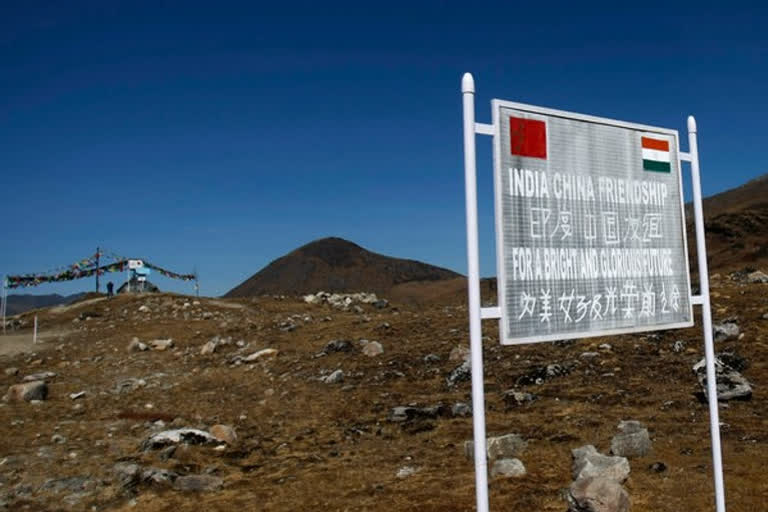New Delhi: Preliminary findings by the research division of the Oil and Natural Gas Commission (ONGC) of the soil and water samples of nine sites in east Ladakh, including from the Puga Valley and Chhumathang, indicate that the region may be very rich in several ‘rare earth’ elements and ‘heavy metals’ including Uranium, Lanthanum, Gadolinium and many others equally valuable and useful elements and metals.
The indication of the presence of a rich bounty of extremely valuable minerals has added a new dimension to the India-China border conflict that has been characterized by an unusual and puzzling obstinacy by the Chinese PLA not to cede ground.
A copy of the sampled findings has been accessed by ETV Bharat although the numerical figures of the findings are being held back.
Read:Not just territories, India-China clash may be for prospective east Ladakh oil, gas
The sites from which the samples have been collected are not very far from the face-off flashpoints ensuing between the Indian and Chinese militaries along the Line of Actual Control (LAC) amid attempts by both sides to ‘disengage and de-escalate’ though there are strong indications of both armies digging in for a prolonged stay into the winter.
The samples have yielded very significant numerical figures for ‘rare earths’ which are indispensable for the most existing and emerging energy, scientific, and military technologies, including in the production of modern-day items like computers, laptops, mobile phones, digital cameras, solar panels, electric cars, satellites, lasers, and in making military platforms like fighter aircraft engines.
The pilot-study conducted by the ONGC began in 2018 and was prompted by the Geological Survey of India’s (GSI) assertion that “Ladakh has some of the most promising geothermal areas in the country”.
